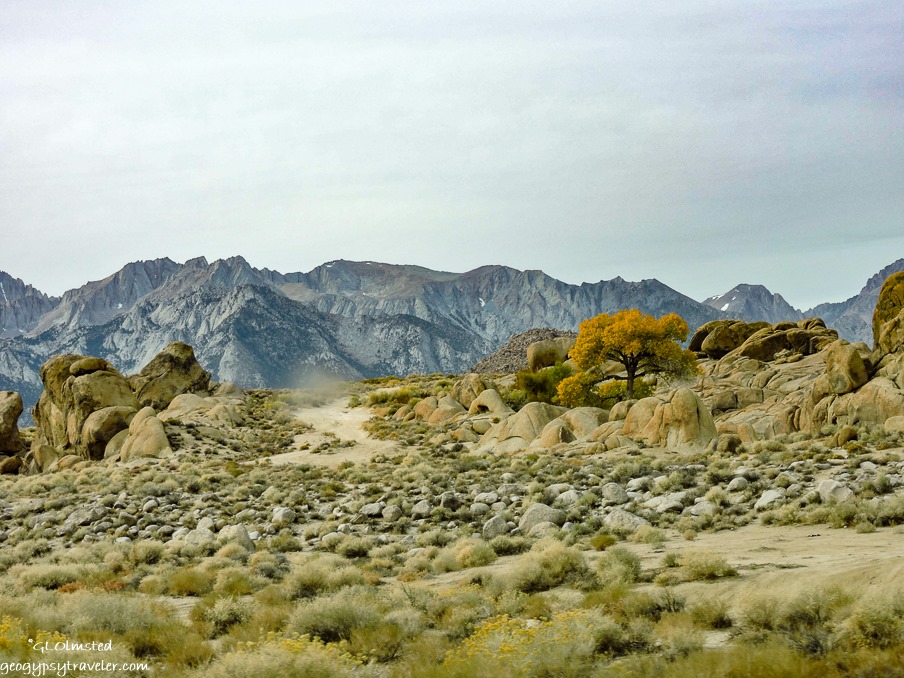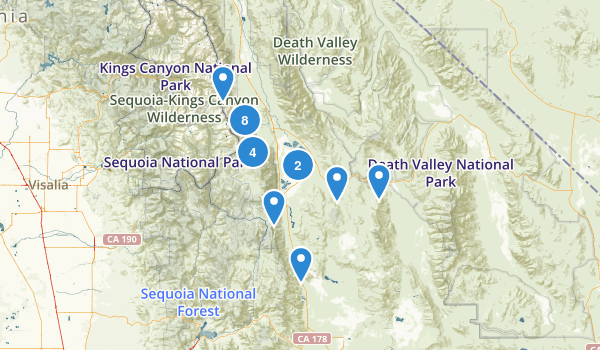

For a relaxed setting, the Toll Road Restaurant has filling fare, as does Panamint Springs Resort. Most accommodation options are of the classier motel variety. Stay and eat: There are three main sleeping and eating areas in the park: Panamint Springs Stovepipe Wells and The Oasis at Death Valley. To cool off, head up to Dante’s View where the rewards are not just lower temperatures (you’re at nearly 5000ft here) but also the chance to end your trip with a view of the contiguous US’ highest point, Mt Whitney, in the distance, and North America’s lowest point, Badwater Basin, below you. The lowest point in North America, Badwater Basin, is here too, an area of strikingly white salt flats sitting at 282ft below sea level.Īlong with Badwater, it’s worth visiting Zabriskie Point to see the erosion-carved rocks that appear to ripple across the landscape. It’s also the largest US national park outside Alaska. Leaving the Sierra Nevada and the 395 behind, it’s time to hit Death Valley, notorious as the hottest place on earth: 134☏ (56.6☌) was recorded here in 1913.

Whether you have a permit or not, it’s worth the drive up here for the views on the way, the fresh mountain air, and the chance to eat and pick up souvenirs (and tales of the trail) at the Whitney Portal Store.īadwater Basin in Death Valley is 282ft below sea level © Andrew C Mace / Getty Images Day four: Lone Pine to Death Valley

The hike up the highest peak in the lower 48 states is straightforward – the path, opened in 1904, had to be easy enough for mules carrying building materials for the Smithsonian Institution shelter at the summit, constructed to observe a transit of Venus – but obtaining the permit for the climb is not quite so simple: there’s a lottery held each year to restrict numbers.
#Lone pine california tv
The drive goes past the Alabama Hills, a popular film location for dozens of movies and TV shows thanks to its varied landscapes. The recreated barracks at the Manzanar National Historic Site offer a look at the life of the thousands of interned Japanese Americans held here during WWII © Visit California / Max WhittakerĪrriving in Lone Pine it’s tempting (and you should definitely give in to temptation in this instance) to take Whitney Portal Road as it winds up thousands of feet to the trailhead for Mt Whitney itself. The story told here, of how thousands of Japanese Americans were seen as a security threat and forcibly moved from the coast to live in the harsh desert environment, is an overlooked and controversial episode in the country’s history. Just before you reach Lone Pine, be sure to call in at the Manzanar National Historic Site, a Japanese internment camp from WWII. Stop at Bishop for any supplies you might need and make the side trip to Ancient Bristlecone Pine Forest to see trees that are the oldest living things on earth – some have been around for 5000 years.

Then drive, hike or bike around Mammoth’s eponymous lakes and check out the curious basalt columns of the Devil’s Postpile.īack on the 395, it’s only 100 miles to Lone Pine but there’s plenty to see and do on the way. Start your day with a short detour west to Minaret Vista, a stunning panorama taking in a large swath of the Sierra Nevada – imagine the very different reaction that early settlers would have had when faced with this daunting natural barrier. Explore the Mammoth Lakes region, including the unusual basalt rock formations at Devil's Postpile © Min Chiu / Shutterstock Day three: Mammoth Lakes to Lone Pine


 0 kommentar(er)
0 kommentar(er)
